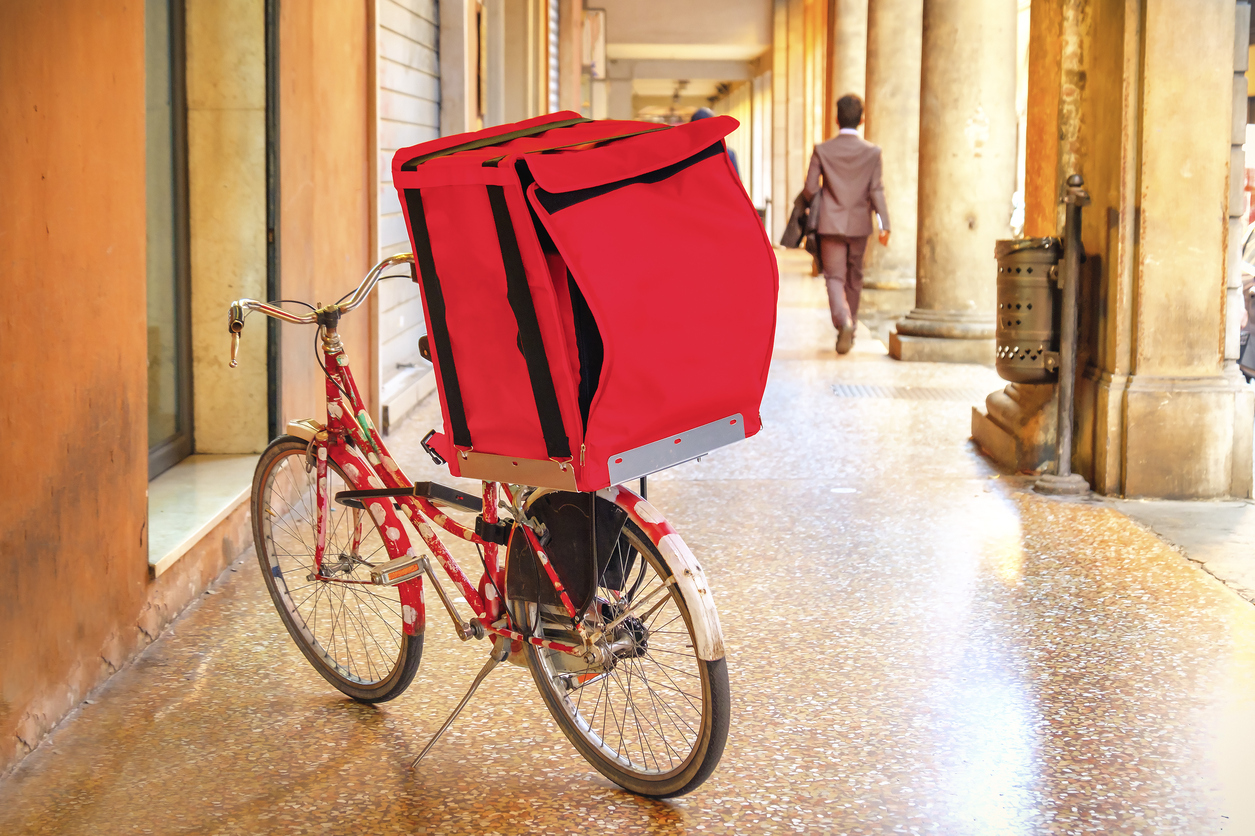How Much to Tip the Delivery Driver

Food delivery apps make ordering any culinary delight as easy as tapping on your cell phone and getting hot or cold food delivered straight to your door.

While home delivery has become more common, confusion abounds when it comes to who and how much to tip.
First of all, consider the effort put forth to get the food to your door. The delivery driver is on the road contending with traffic and in some cases fighting the elements such as snow, rain or other nasty conditions so you don’t have to. Their goal is to deliver your food promptly so it arrives hot and fresh. If you have a large order – for example, 30 pizzas for your teenager’s birthday party – they have an even bigger job to do.
According to the Bureau of Labor Statistics, the median annual wage for food delivery drivers is $19,210, which means that drivers earn a low hourly wage and tips have a big impact on their livelihood. With all of this in mind, follow these guidelines for tipping.
Tipping is Not Optional
Just as in a restaurant, tipping is a mandatory part of the cost of any meal that is brought to your doorstep. If you can’t afford to tip, you can’t afford to eat out or order in.
A Tip is Different Than a Service Charge
The restaurant may add a flat delivery fee or service charge to your bill, but this doesn’t go to the driver. Only the tip goes directly to the driver as a significant part of their overall compensation.
Follow the 20 or 5 Rule
Tip your delivery driver 20 percent of the total bill or $5, whichever is higher. If you receive bad service – an extremely late order, the wrong items or cold food – tip less and calmly mention your complaint to the driver or the restaurant manager, but don’t neglect the tip altogether. A tip incentivizes your driver to get your food to you as quickly and efficiently as possible. Your driver is most often not at fault with a poorly executed order; managers or other staff generally serve as dispatchers for deliveries and are usually responsible for managing the flow of orders. Drivers also face factors beyond their control, from traffic jams to icy roads to a lack of close parking. They’ve worked hard to get your food to you, so tip accordingly.
Add in Extra for Special Challenges
If the weather is particularly bad, your order is particularly large or the driver has to walk up five flights of stairs to bring your food to you, reflect their extra effort in your tip.
Tip on the Full Amount, Not the Coupon Amount
If you use a coupon, be sure to tip on the full tab before any discount is applied, just as you would in a restaurant. The driver did the same amount of work to bring your food to you, so while you enjoy saving on the overall cost of the meal, don’t skimp on the tip.
Reward Great Service
If your driver goes above and beyond the normal level of service, consider increasing the amount.
Another point of tipping confusion involves picking up food to go. Many people deliberate over how to fill in the line that says “gratuity” on their credit card slip or iPad app, as they stand at the register in front of the cashier.
As awkward as that moment can feel, a tip is not expected when you pay for a cup of coffee. However, if the server has bagged your order, added extra utensils and carried it out to your car, a tip is a nice gesture. Anytime someone provides an exceptional level of service, you can’t go wrong by showing your appreciation with a couple of dollars.
For more of Diane’s etiquette tips, you may enjoy Rideshare Etiquette: 7 Things Your Rideshare Driver Wants You to Know. Read her posts on Inc., and HuffPost, “like” The Protocol School of Texas on Facebook, and follow her on Pinterest, Instagram and Twitter. Diane’s latest book, Modern Etiquette for a Better Life is available on Amazon.





